Understanding chemical bonding is fundamental to grasping the behavior of matter. From the simplest molecules to the most complex biological structures, the forces holding atoms together dictate a substance’s properties, reactivity, and overall existence. Many students grapple with the nuances of ionic, covalent, and metallic bonding, often finding it challenging to differentiate between them and predict their characteristics. To help solidify their knowledge and practice their skills, educators frequently use worksheets that cover various aspects of chemical bonding. This post provides a comprehensive Chemical Bonding Worksheet Answer Key, offering detailed solutions to common questions and reinforcing key concepts. Using this answer key responsibly, as a learning aid and not a shortcut, can significantly improve your understanding and performance in chemistry.
Chemical Bonding Worksheet Answer Key
This answer key covers common topics found in a typical chemical bonding worksheet. Use it to check your work, identify areas where you need more practice, and deepen your understanding of the underlying principles. Remember to review the related concepts in your textbook or notes if you find yourself struggling with a particular question.
Part 1: Types of Chemical Bonds
- Question 1: Define ionic bonding and provide an example.
Answer: Ionic bonding is the electrostatic attraction between oppositely charged ions, typically formed when a metal atom transfers one or more electrons to a nonmetal atom. This results in the formation of positively charged cations (metals) and negatively charged anions (nonmetals). An example is sodium chloride (NaCl), where sodium (Na) loses an electron to chlorine (Cl).
- Question 2: Define covalent bonding and provide an example. Differentiate between polar and nonpolar covalent bonds.
Answer: Covalent bonding is the sharing of electrons between two atoms. This typically occurs between two nonmetal atoms. An example is methane (CH4), where carbon shares electrons with four hydrogen atoms.
Polar covalent bonds occur when electrons are shared unequally between two atoms due to differences in electronegativity. This creates a partial positive (δ+) charge on one atom and a partial negative (δ-) charge on the other. An example is water (H2O), where oxygen is more electronegative than hydrogen.
Nonpolar covalent bonds occur when electrons are shared equally between two atoms. This happens when the atoms have similar electronegativities, such as in diatomic molecules like oxygen (O2) or in molecules where bond dipoles cancel out, such as carbon dioxide (CO2). - Question 3: Define metallic bonding and describe its properties.
Answer: Metallic bonding is the electrostatic attraction between positively charged metal ions and a “sea” of delocalized electrons. This electron delocalization is responsible for the characteristic properties of metals, such as high electrical and thermal conductivity, malleability, and ductility.
Part 2: Lewis Structures
- Question 4: Draw the Lewis structure for carbon dioxide (CO2).
Answer: O=C=O (Carbon is the central atom, double-bonded to each oxygen atom. Each oxygen atom has two lone pairs of electrons.)
- Question 5: Draw the Lewis structure for water (H2O).
Answer: H-O-H (Oxygen is the central atom, single-bonded to each hydrogen atom. Oxygen has two lone pairs of electrons.)
- Question 6: Draw the Lewis structure for ammonia (NH3).
Answer: H-N-H (Nitrogen is the central atom, single-bonded to each hydrogen atom. Nitrogen has one lone pair of electrons.)
|
H - Question 7: Draw the Lewis structure for the carbonate ion (CO32-). Include resonance structures.
Answer: Resonance structures are required to accurately depict the bonding in the carbonate ion. There are three resonance structures, each with a double bond between carbon and one of the oxygen atoms, and single bonds between carbon and the other two oxygen atoms. The oxygens with single bonds each carry a negative charge. This charge is distributed equally over the three oxygen atoms in reality.
Structure 1: O=C-O–
|
O–Structure 2: O–-C=O
|
O–Structure 3: O–-C-O–
|
O=
Part 3: Molecular Geometry and Polarity
- Question 8: Predict the molecular geometry of methane (CH4) and determine if it is polar or nonpolar.
Answer: Methane has a tetrahedral molecular geometry. It is nonpolar because the bond dipoles between carbon and each hydrogen atom cancel each other out due to the symmetrical arrangement.
- Question 9: Predict the molecular geometry of water (H2O) and determine if it is polar or nonpolar.
Answer: Water has a bent molecular geometry. It is polar because the bond dipoles between oxygen and each hydrogen atom do not cancel each other out due to the bent shape, and the oxygen atom is more electronegative, resulting in a net dipole moment.
- Question 10: Predict the molecular geometry of boron trifluoride (BF3) and determine if it is polar or nonpolar.
Answer: Boron trifluoride has a trigonal planar molecular geometry. Although the B-F bonds are polar, the molecule is nonpolar because the bond dipoles cancel out due to the symmetrical arrangement of the fluorine atoms around the boron atom.
This Chemical Bonding Worksheet Answer Key provides a solid foundation for understanding the fundamental principles of chemical bonding. By carefully reviewing the answers and explanations, and by seeking further clarification when needed, you can significantly enhance your grasp of this crucial topic in chemistry. Remember that practice is key to mastery, so continue to work through additional problems and exercises to solidify your knowledge.
If you are searching about 30 Chemical Bonding Worksheet Answer Key Education Template you’ve visit to the right web. We have 22 Pictures about 30 Chemical Bonding Worksheet Answer Key Education Template like Bonding Worksheet Chemistry, Chemical Bonding Worksheet Answer Key and also Covanlent vs. Ionic Worksheet – WLHS / Conc Chem Name Date Per. Here you go:
30 Chemical Bonding Worksheet Answer Key Education Template
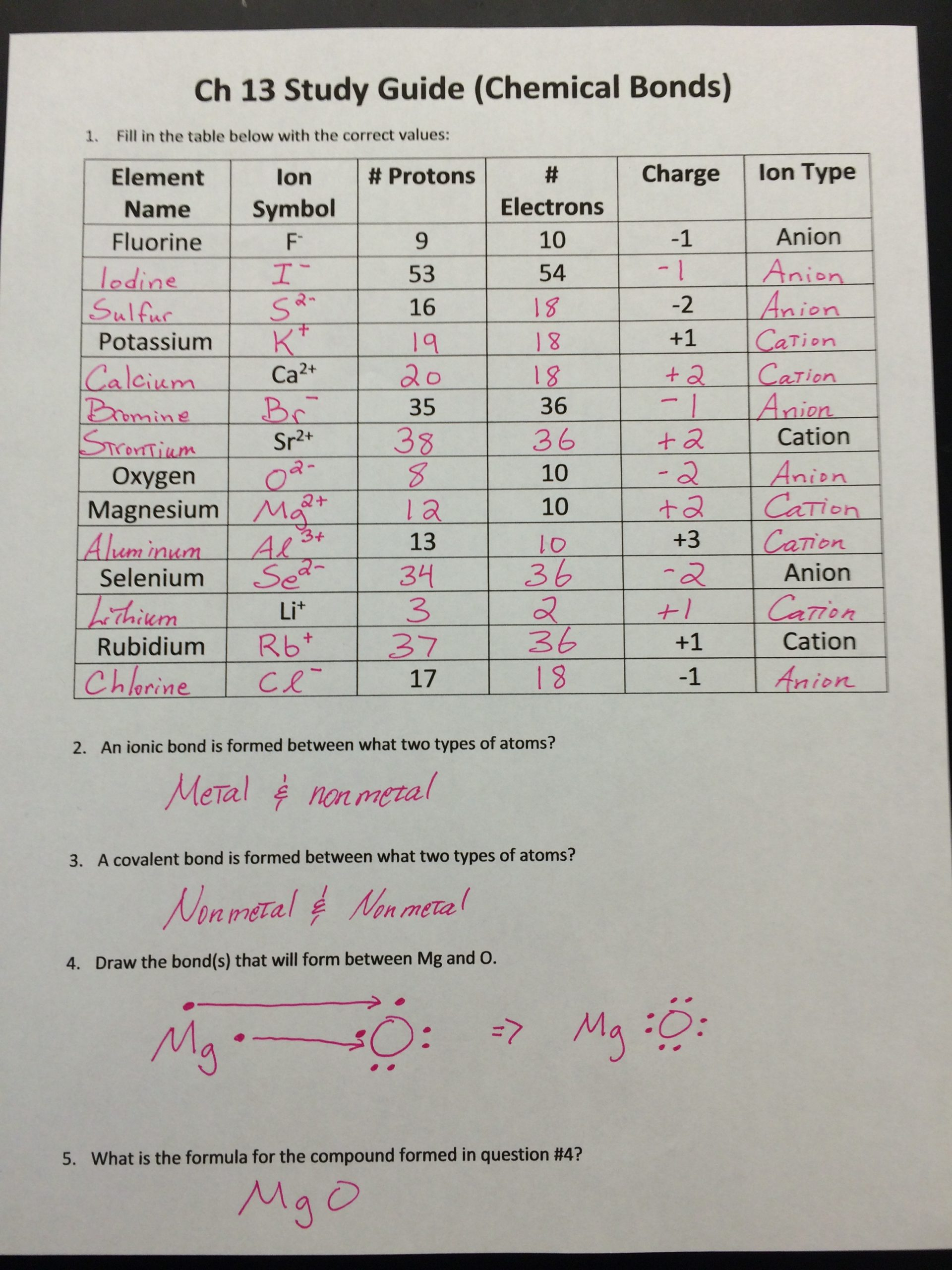
www.compoundworksheets.com
41 Types Of Chemical Bonds Worksheet Answer Key – Worksheet Master
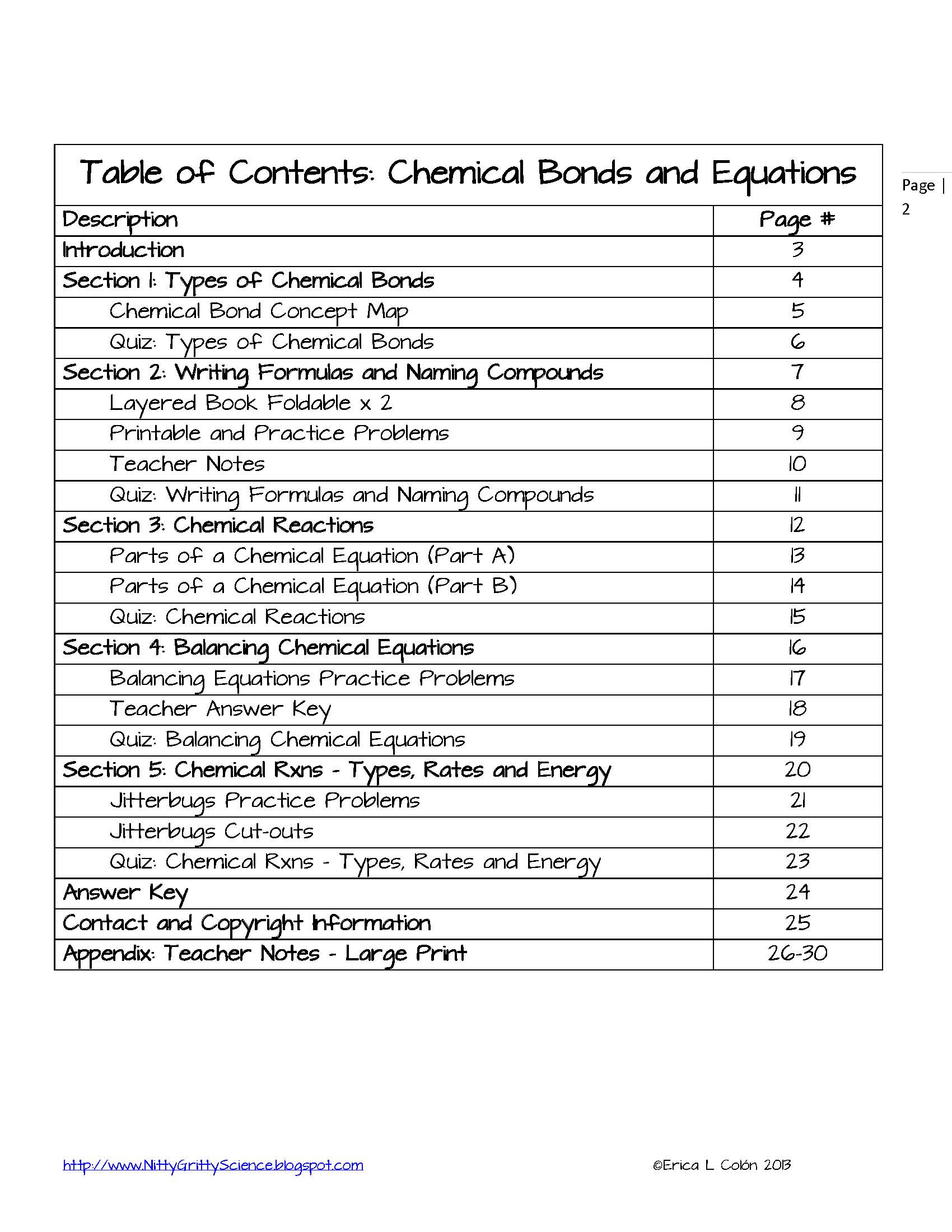
pj-land.blogspot.com
Chemical Bonding Worksheet Answer Key – Pro Worksheet
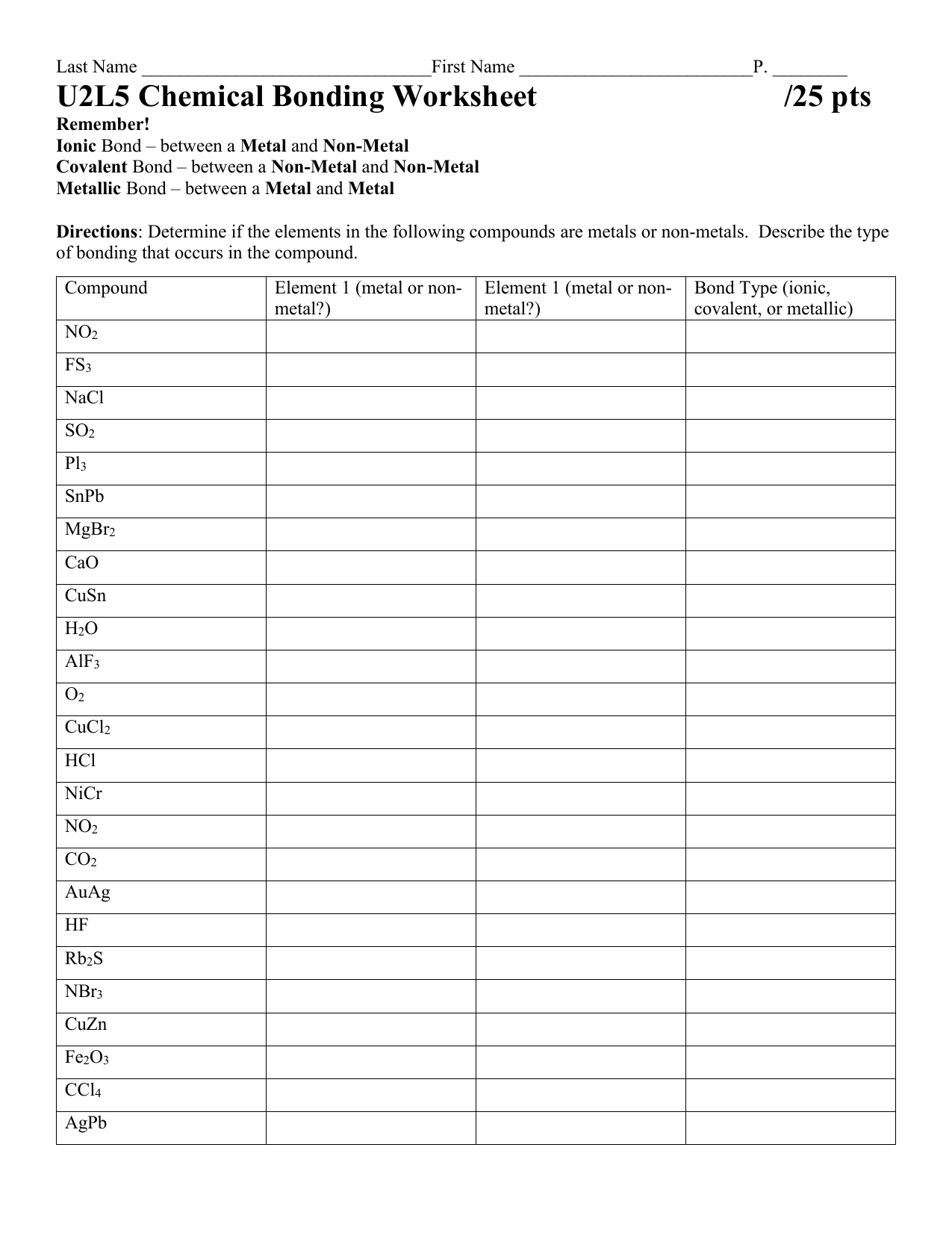
www.proworksheet.my.id
Chemical Bonding Worksheet Key – E-streetlight.com
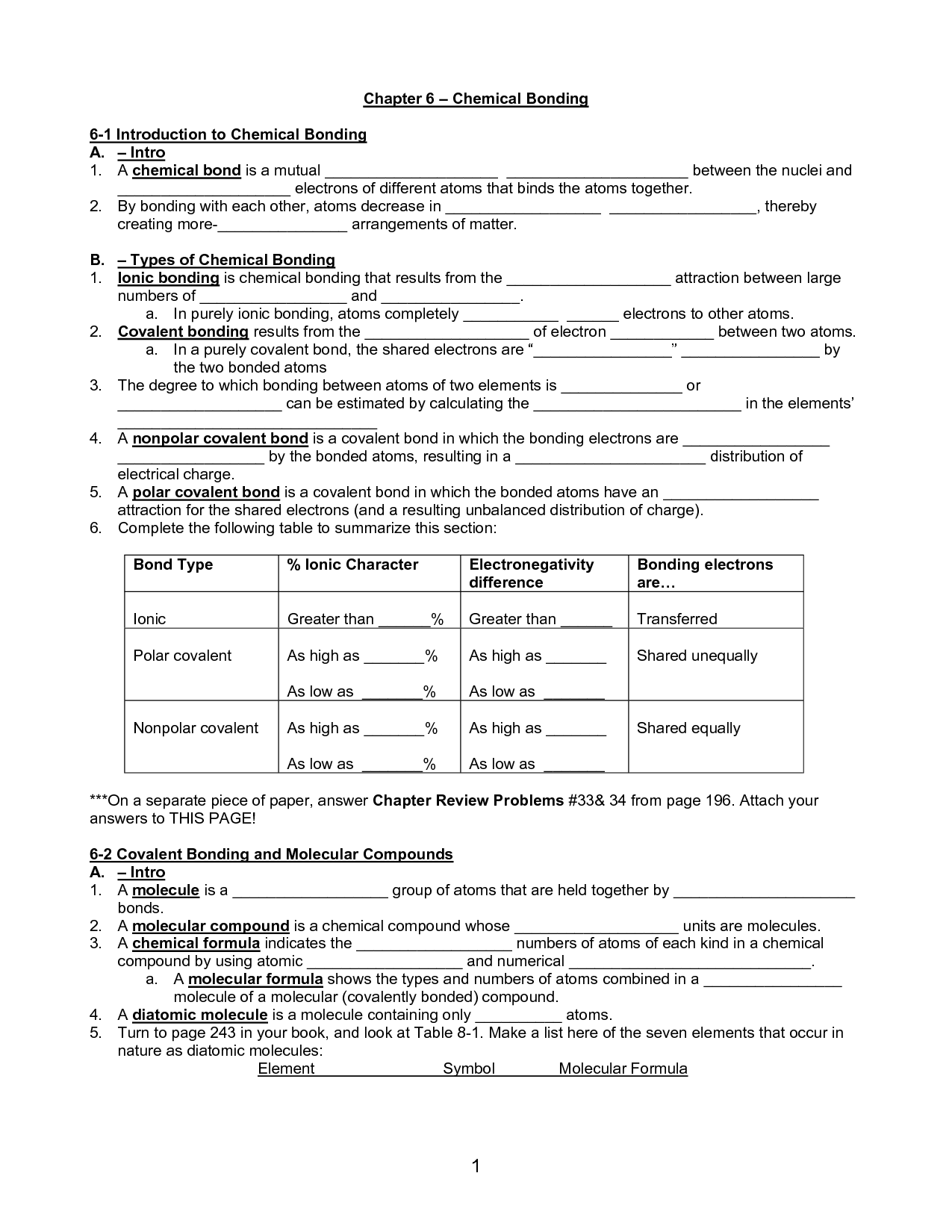
www.e-streetlight.com
Covalent Bonding Review Sheet 2012 ANSWER KEY.pdf – Worksheets Library

worksheets.clipart-library.com
16 Best Images Of Types Of Chemical Bonds Worksheet Answers – Chemical
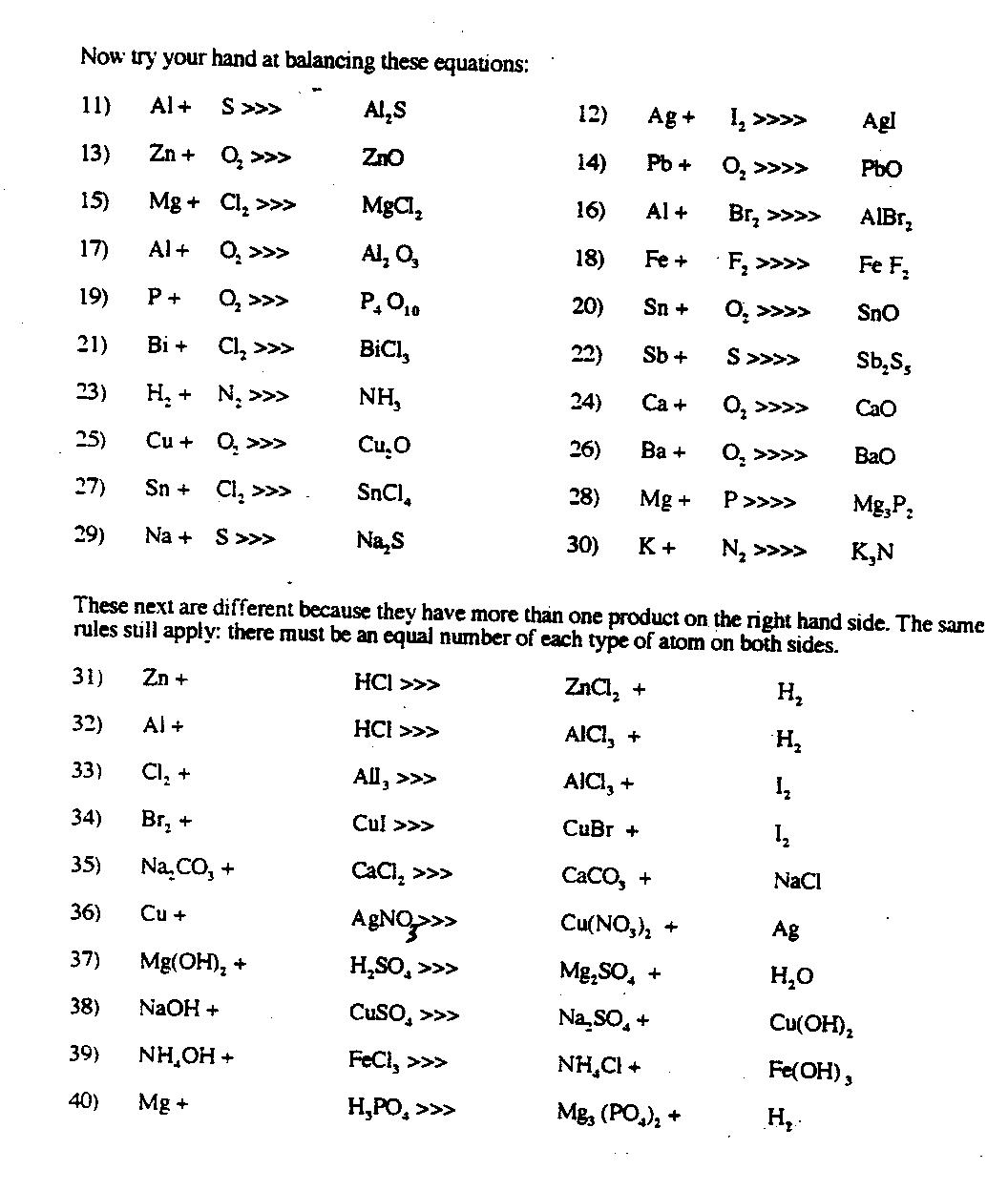
www.worksheeto.com
Chemical Bonding Worksheet Answer Key

ar.inspiredpencil.com
Chemical Bonding Worksheet Answer Key

ar.inspiredpencil.com
Chemical Bonding Worksheet Answer Key – E-streetlight.com
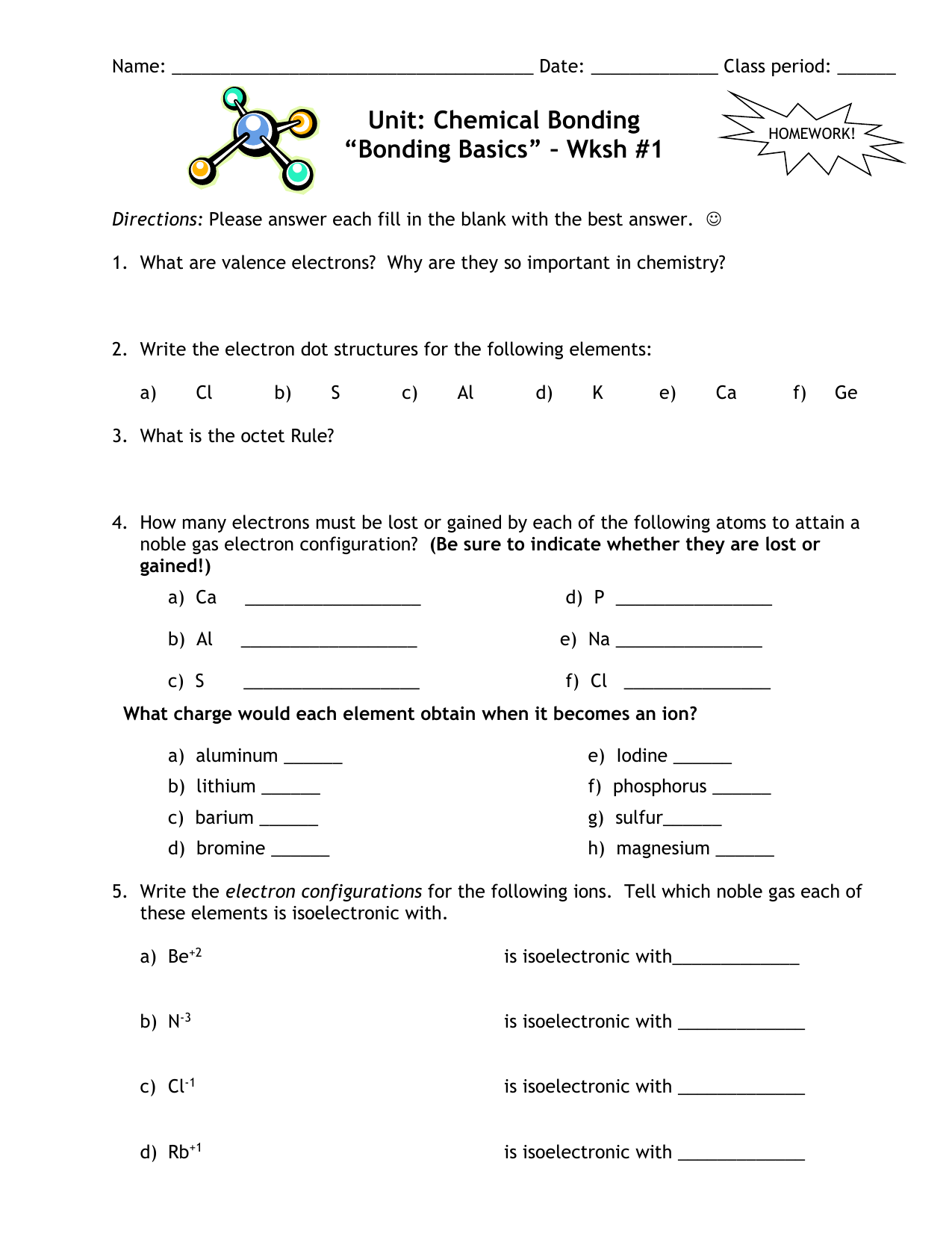
www.e-streetlight.com
Chemical Bonding Worksheet Key – E-streetlight.com

www.e-streetlight.com
Covanlent Vs. Ionic Worksheet – WLHS / Conc Chem Name Date Per

www.studocu.com
Types Of Chemical Bonds Worksheet

learningschoolns1i1zoiu.z22.web.core.windows.net
Chemical Bonding Worksheet Key Chemical Bonding Worksheet Key As Level

www.pinterest.co.uk
Chemical Bonding Worksheet Answer Key

ar.inspiredpencil.com
39 Chemical Bonding Worksheet Answers Key – Worksheet Master

gersgiasbwa.blogspot.com
Chemical Bonding Worksheet Answer Key

ar.inspiredpencil.com
Covalent Bonding Worksheet Answer Key – Chart Sheet Gallery
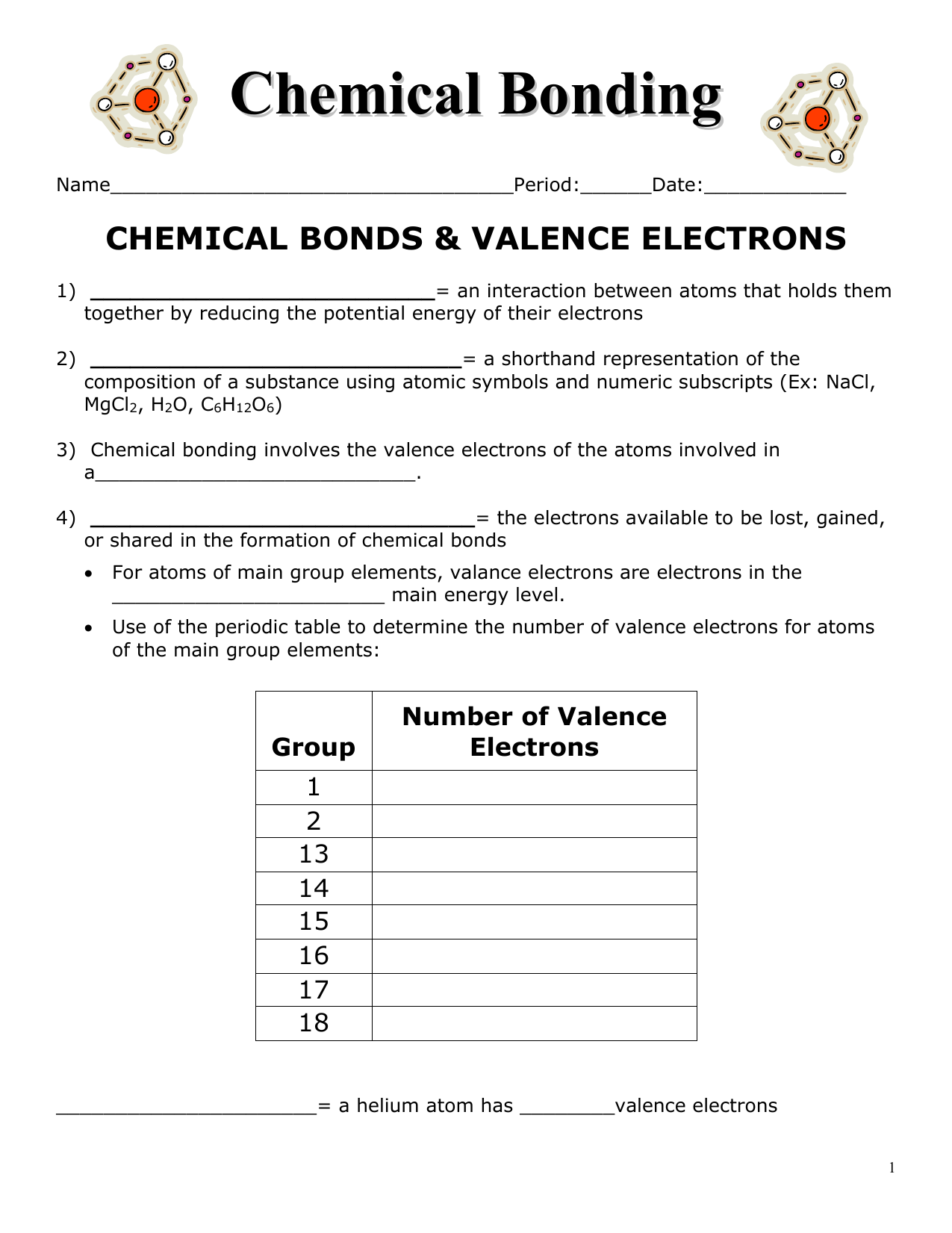
chartsheetdiagram.blogspot.com
Bonding Worksheet Chemistry
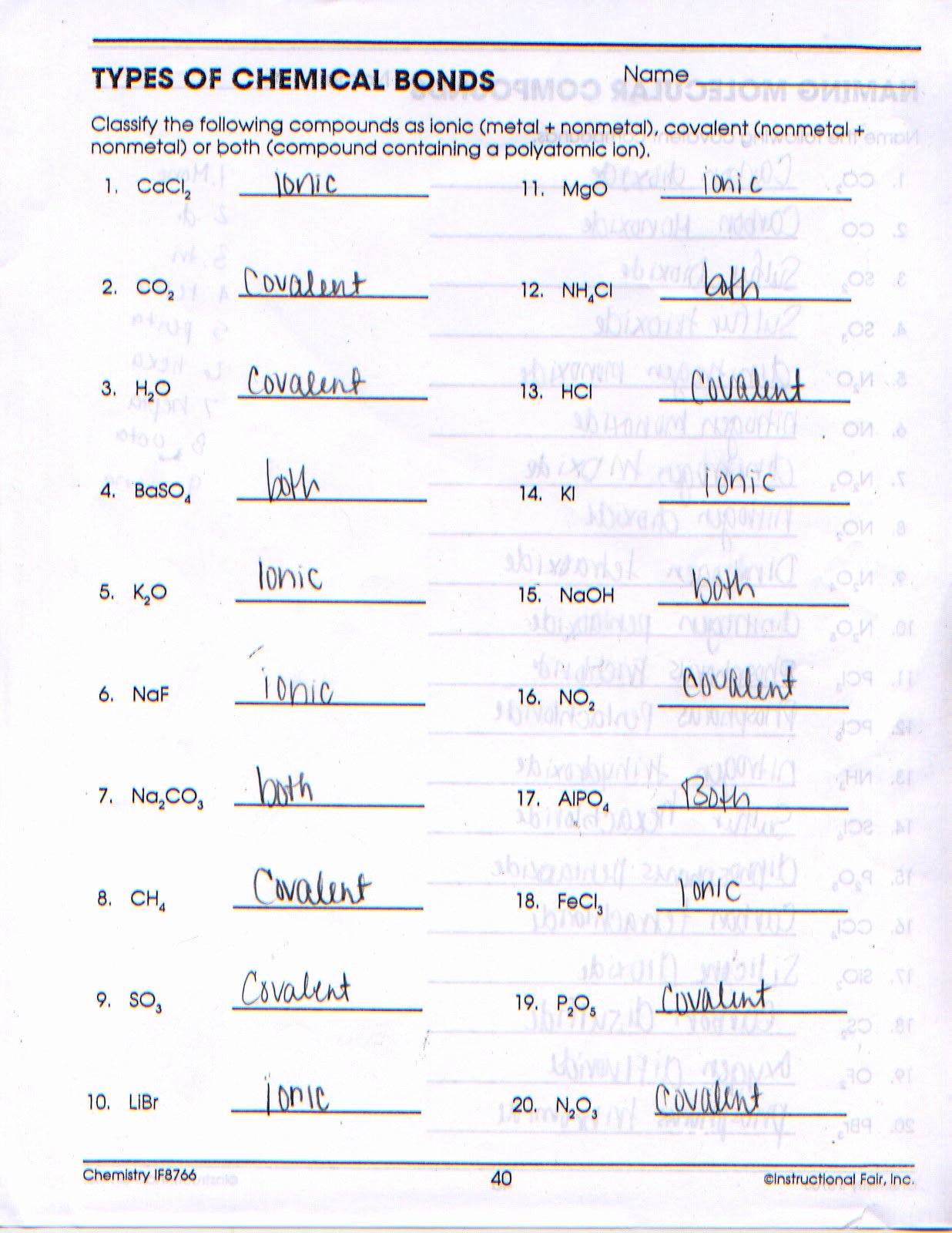
learningzonekronburg8o.z21.web.core.windows.net
Chemical Bonding-answers – Chemical Bonding Worksheet Ionic Bond

www.studocu.com
Chemical Bonding Worksheet Answer Key – E-streetlight.com
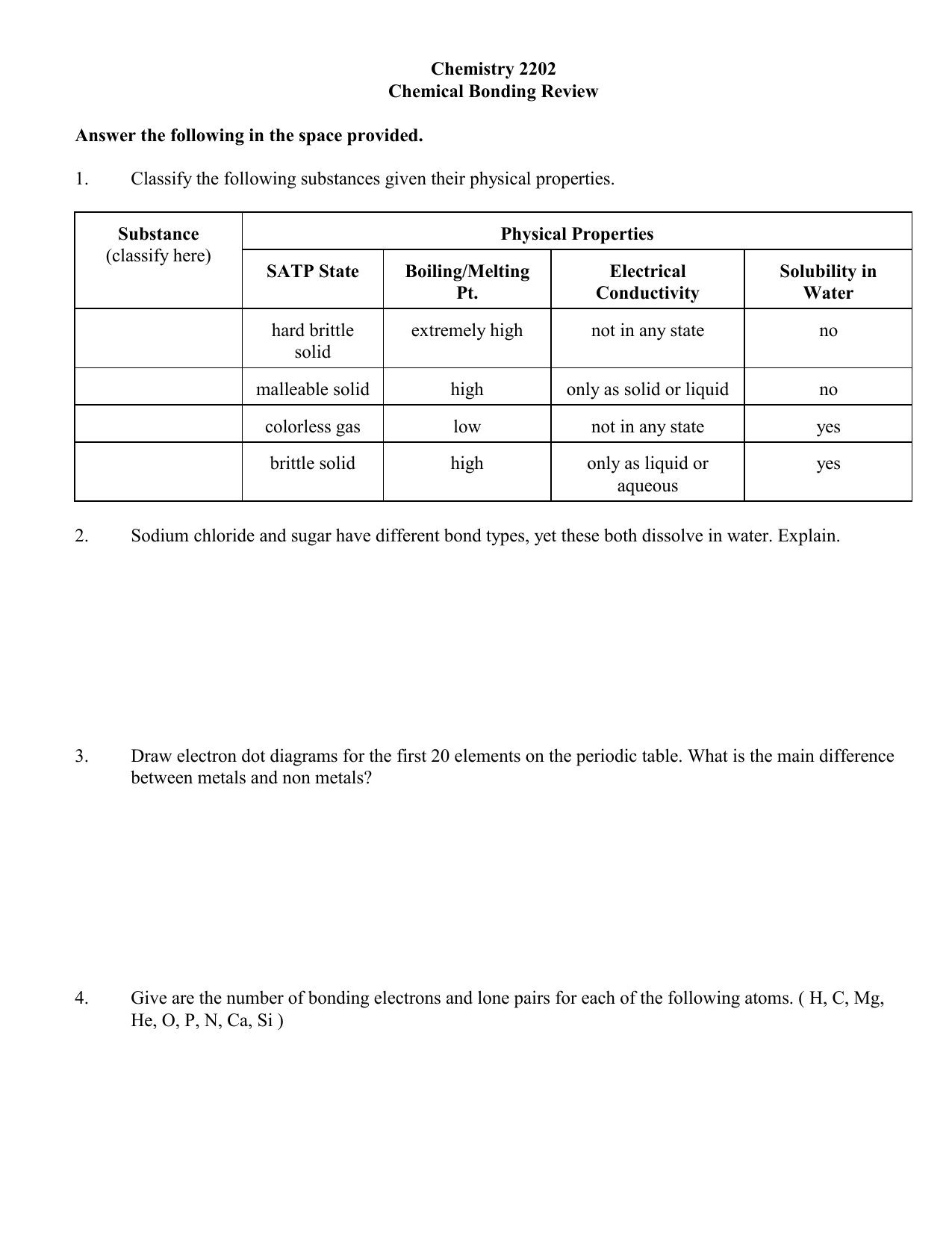
www.e-streetlight.com
Worksheet Chemical Bonding – Ionic & Covalent
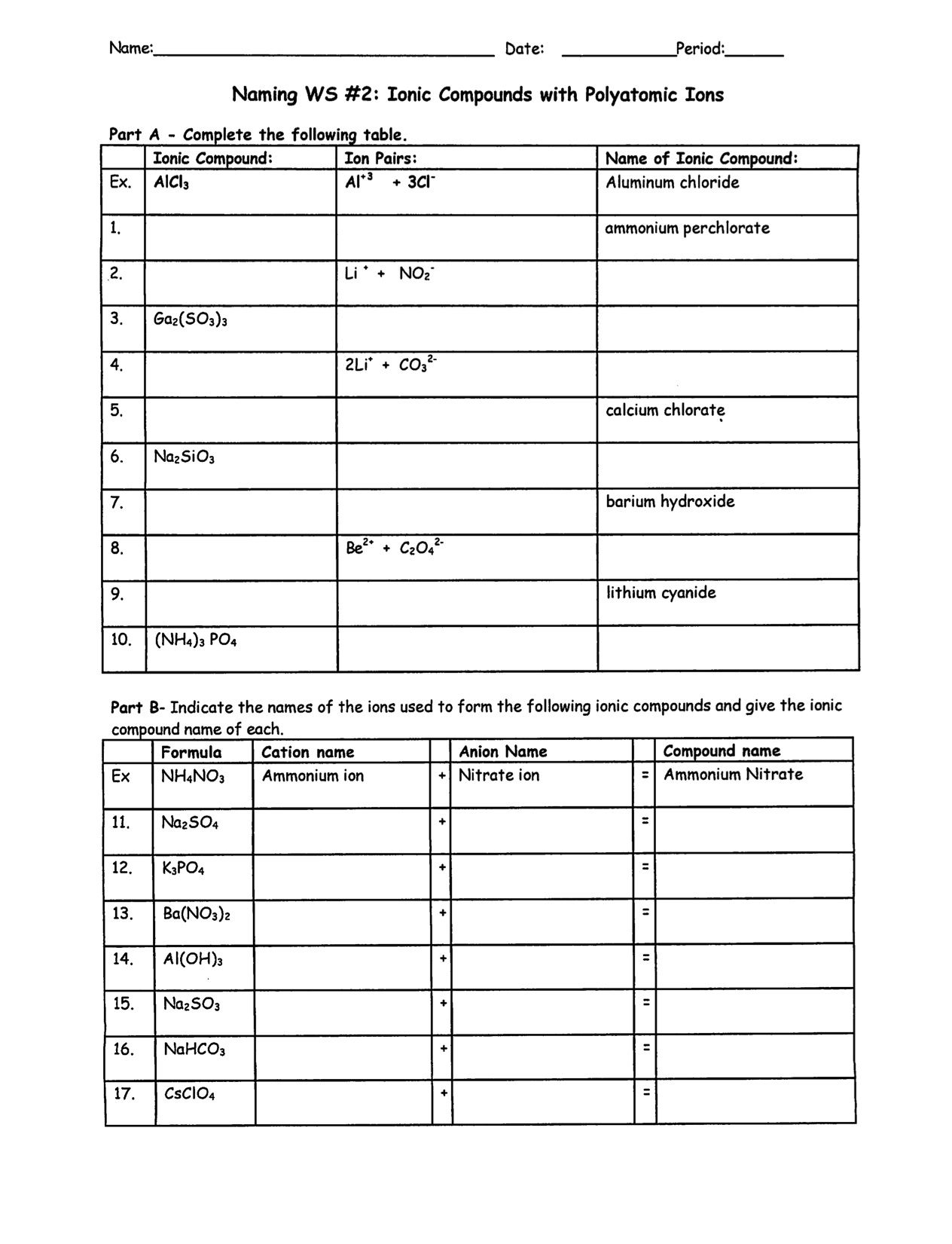
learningschooldsbbbb56.z4.web.core.windows.net
Chem 1211 Worksheet Covalent Bonding Chem 1211 Worksheet Cov

birkilaufmhbdblearning.z21.web.core.windows.net
Chemical bonding worksheet answer key. bonding worksheet chemistry. 39 chemical bonding worksheet answers key